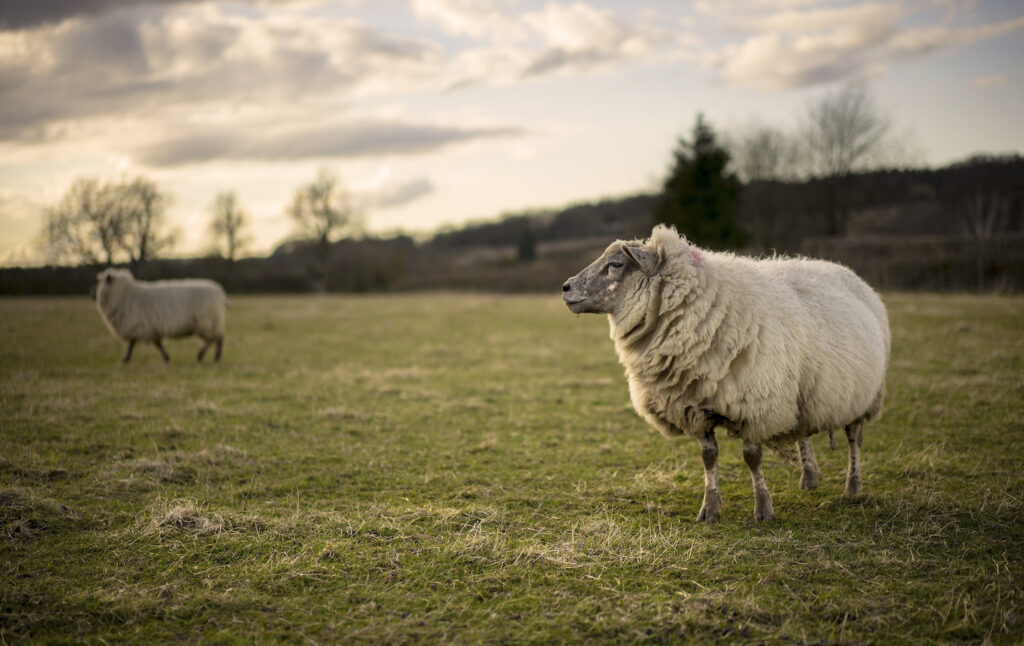A guide to feeding in-lamb ewes
26th November 2021
Mid-pregnancy nutrition can directly impact lambing success, as well as the reproductive potential of unborn female lambs. Downland experts provide guidance on nutrition during this period.
There is often a lot of focus and investment put into the pre-and-post tupping period and rightly so, as management during early pregnancy is crucial to maximise the number of lambs conceived and successfully implanted in the uterine wall.
However, some may argue the hard work is done after the tups have been removed (until lambing time), but it is important not to let ‘nature take its course’ during mid-pregnancy. Typically, the declining quality and quantity of grass available and harsh weather can lead to a loss of body condition score (BCS) which has been proven to be detrimental to productivity.
A direct impact on lambing success
Although very little growth of the lambs will occur during the mid-pregnancy period, the foetal membranes, including the placenta, which is essential for providing oxygen and essential nutrients to the growing lambs, will develop at this time.
If nutrition is compromised during mid-pregnancy, then placental size can be small and a reduced supply of nutrients and oxygen will be available to the unborn lamb(s), often resulting in the birth of weak, unviable lambs.
Feeding in-lamb ewes to maintain or gain condition during mid-pregnancy to meet lambing body condition score (BCS) targets of 3.5 and 2.5 (lowland and hill ewes respectively), will directly impact the success of lambing.
In the same way, new research has shown mid-pregnancy nutrition will affect the reproductive potential of unborn female lambs that are to be kept as future breeding stock. This new research goes against previous advice that a loss of up to 0.5 BCS during mid-pregnancy is acceptable and justifies the need for a high-quality diet to be fed over the winter months.
Grass quality and quantity will often decline over the winter and without additional supplementation, ewes can be at high risk of losing body condition. By ensuring adequate supplies of energy, protein, minerals and vitamins, ewe body condition score can be more easily maintained, leading to the production of a strong and healthy placenta, to provide nutrients for the birth of lively lambs in the spring.
Opti-Lix High Energy supplies a full complement of essential minerals, vitamins and trace elements to balance any mineral deficiencies commonly found in grazing over the winter months. Furthermore, the high energy (16ME MJ/kg DM) and protein (12%) content, will support ewes to maintain BCS throughout the mid-pregnancy period, particularly if adverse weather is disrupting the availability of grass. The high sugar content (35%), provides the rumen microflora with a source of fermentable energy, allowing optimal forage utilisation and digestion.
Opti-Lix High Energy is an energy-dense supplement providing essential nutrients to the ewe during this critical period in the production cycle.
Key features of Opti-Lix High Energy:
- High energy and protein to support maintenance of BCS during mid-pregnancy
- Contains minerals and trace elements, including selenised yeast and protected zinc to support immune function
- High sugar content to improve forage utilisation and digestion
- Suitable for mixed grazing situations if required
- Available in 20kg and 80kg buckets.

